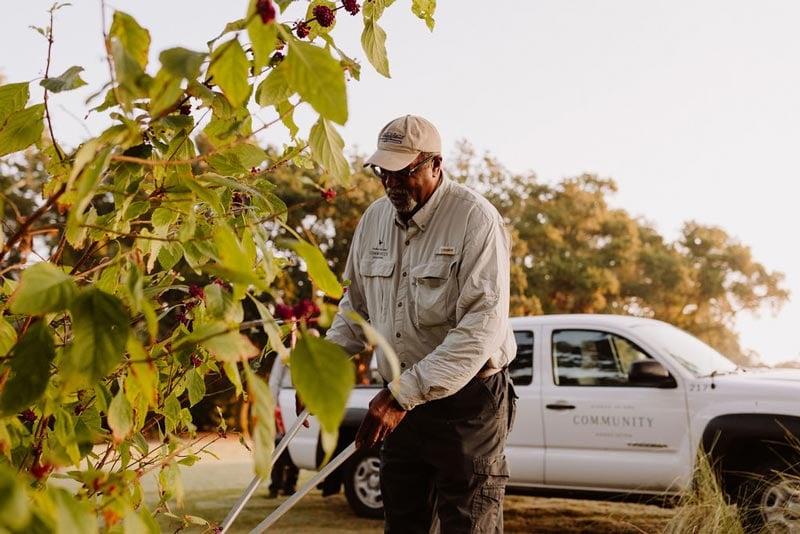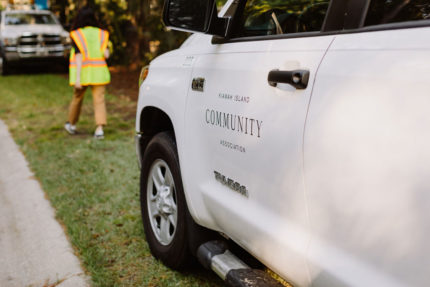Oct
17
2006
From The Blog
Keeping Kiawah “Green”
What is it like being green? You could ask Kermit the Frog, or you could read the latest report on Kiawah Island by Sarah Borchelt. The island was recently the focus of a research project to identify helpful tools for managers of South Carolina coastal communities in determining what leads communities to incorporate “green” development practices. Specifically, the report focused on the development policies that combine protection of the ecosystems, conserve energy, and promote community.
Ms. Borchelt’s study was undertaken as part of a program leading to a Master of Environmental Management degree. Completed on June 9, 2006, it demonstrates that there are “many influential agents that can play a role in encouraging ‘green’ development.” By combining in-depth interviews of public officials, land managers, and development professionals with a review of existing land-use controls and published reports, Ms. Borchelt arrived at conclusions that should please all KICA members who treasure Kiawah’s natural beauty. Her study makes clear why communities implemented “green” development practices as well as how those communities were challenged when attempting to incorporate environmentally sensitive designs.
Although Kiawah Island was the primary focus of the study, less developed Spring and Dewees islands were also part of the overall investigation. Kiawah was the subject of 19 in-depth interviews, while Spring and Dewees each had only one such interview. Kiawah was heralded for its proactive approach to “green” development through the activities of its full time biologist, environmental committees, policies of the Kiawah Island Community Association, and the efforts of the Natural Habitat Conservancy, which has almost 700 acres of land in the Kiawah area.
Additionally, it was noted how Kiawah’s development had been controlled by a number of forces including KICA’s Land & Lakes Management Department, KDP, the Architectural Review Board, and the Town of Kiawah Island. The study makes clear that “green” has been the Kiawah mindset of all parties from the beginning because they followed the lead of the original developers, who “conducted a 16 month study of the island’s resources” before they designed the first development plan.
Ms. Borchelt used a series of penetrating questions during her interviews. They identified the following themes regarding how island leadership views the protection of Kiawah natural resources: 1) development must protect wildlife and habitat, 2) water quality, including storm water control, is vital, 3) the master plan is considerate of the island’s resources, 4) private or public control involving development should be carefully designed, and 5) scientists and land mangers should be involved in policy making.
Similarly, the questions revealed why Kiawah Island incorporates “green” development practices by underscoring six important themes:
1) philosophy of the first major developer (the Kuwaitis), 2) profitability (marketing Kiawah’s natural beauty), 3) philosophy of the current developer (KDP), 4) interest of members (KICA, KPOG, Nature Conservancy, et. al.), 5) sense of moral responsibility, and 6) private (ARB, KICA) and public (SC, TOKI) regulatory controls. When asked whether Kiawah Island development can be more protective of natural resources, interviewees offered two important recommendations: 1) set aside more land for habitat protection, and 2) protect the understory (shrubs and small trees). Barriers and/or challenges to keeping Kiawah “green” also emerged during Ms. Borchelt’s interviews. The more notable ones were: 1) diverse design preferences, 2) high land value, 3) a lack of awareness or understanding, 4) the possibility of economic loss, and 5) conservation proponents’ lack of financial resources.
The report concluded, however, on a positive note. The majority of the subjects interviewed “felt that it was very important to the character and the aesthetics of the island that future development incorporate measures to protect natural resources.”
The significance of Ms. Borchelt’s report was amplified by demographic studies indicating a population shift taking place in the United States during the past two years. “Coastal populations in the United States have grown to comprise 53% of the total population while expanding across a mere 17% of the nation’s land.” Thus, how South Carolina “accommodates this growth is critical to the natural resources that share the coastline.”
If there is a guiding light for coastal leadership in Ms. Borchelt’s study, it is that they should strive “to systematically identify the different mechanisms, agents and motivations that play a role in determining whether protective measures can be incorporated.” Or, put another way, “as people continue to move to coastal communities, it is essential that we find a balance between the built and the natural world.”

